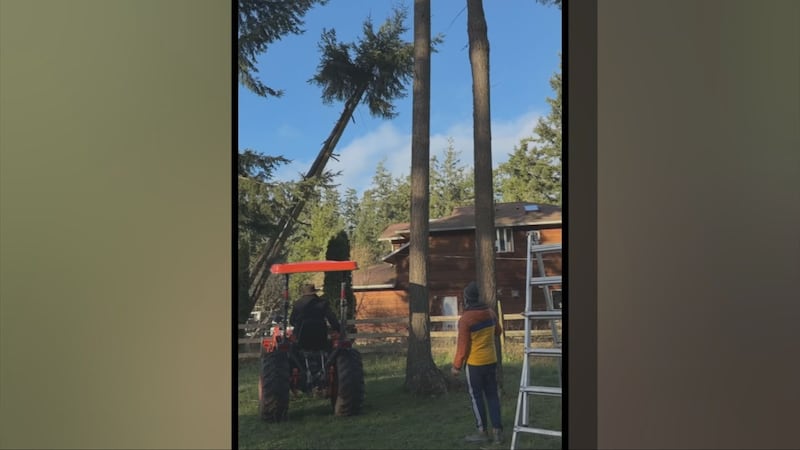Forecasters at the National Oceanic and Atmospheric Climate Prediction Center released the U.S. Winter Outlook Thursday, with La Nina potentially emerging for the second year in a row.
NOAA says La Nina has a 55 to 65 percent chance of developing before winter sets in.
Latest weather headlines
- La Niña could bring another wet and snowy winter to the Northwest
- PHOTOS: Snowy conditions on Snoqualmie, Stevens passes
- Download the KIRO 7 Weather app
- Watch StormTracker Doppler Radar livestream here
- How to build an emergency kit on a budget
DOWNLOAD KIRO 7's WEATHER APP HERE
“Typical La Nina patterns during winter include above average precipitation and colder than average temperatures along the Northern Tier of the U.S. and below normal precipitation and drier conditions across the South,” said Mike Halpert, deputy director of NOAA’s Climate Prediction Center.
Here is NOAA’s 2017 U.S. Winter Outlook (December through February):
Precipitation
- Wetter-than-average conditions are favored across most of the northern United States, extending from the northern Rockies, to the eastern Great Lakes, the Ohio Valley, in Hawaii and in western and northern Alaska.
- Drier-than-normal conditions are most likely across the entire southern U.S.
Temperature
- Warmer-than-normal conditions are most likely across the southern two-thirds of the continental U.S., along the East Coast, across Hawaii and in western and northern Alaska.
- Below-average temperatures are favored along the Northern Tier of the country from Minnesota to the Pacific Northwest and in southeastern Alaska.
- The rest of the country falls into the equal chance category, which means they have an equal chance for above-, near-, or below-normal temperatures and/or precipitation because there is not a strong enough climate signal in these areas to shift the odds.
Drought
- Despite the outlook favoring above-average precipitation this winter, drought is likely to persist in parts of the northern Plains, although improvement is anticipated farther West.
- Elsewhere, drought could develop across scattered areas of the South, mainly in regions that missed the rainfall associated with the active 2017 hurricane season.
Read the full report with maps and video at this link.
Cox Media Group






